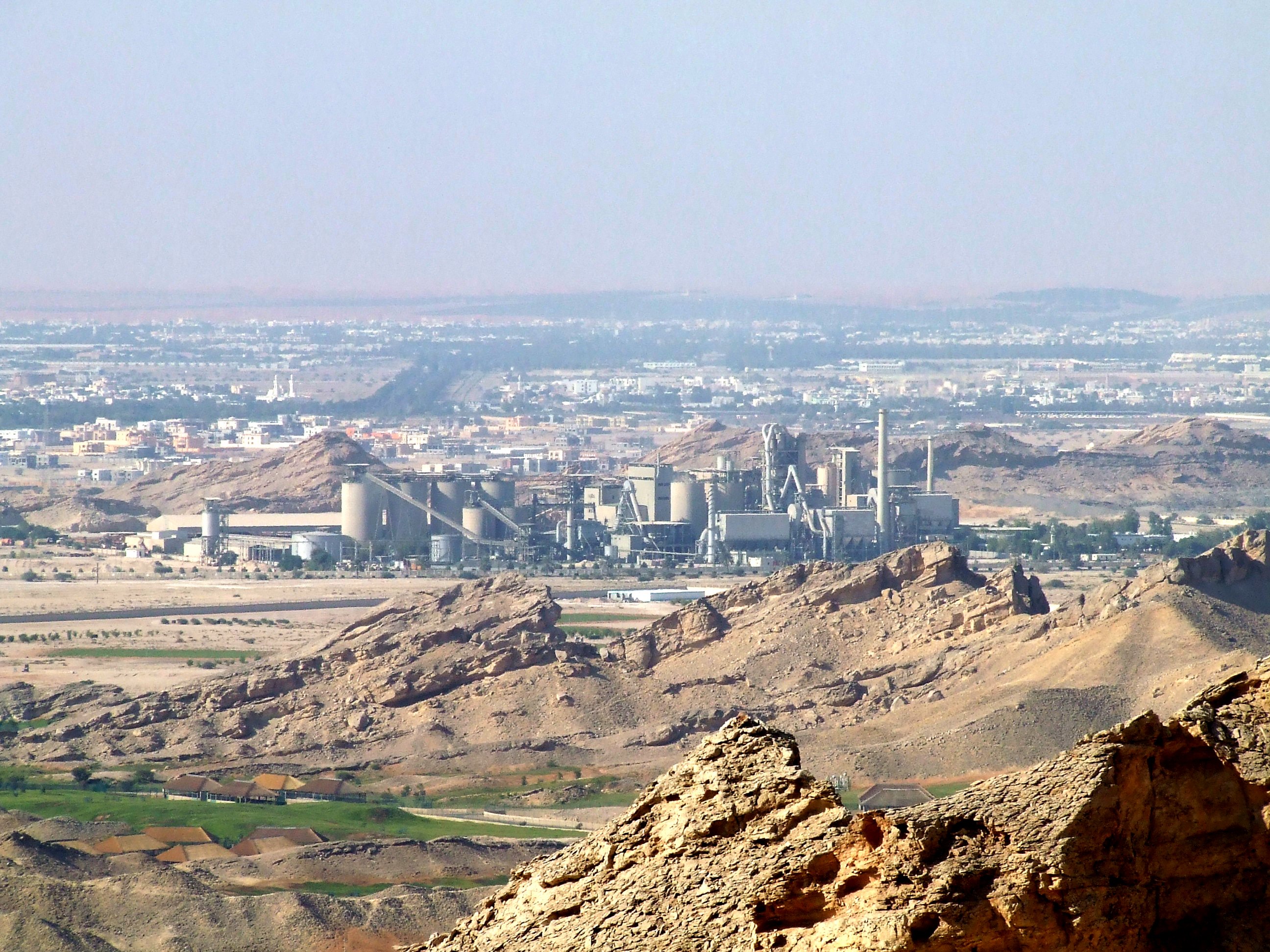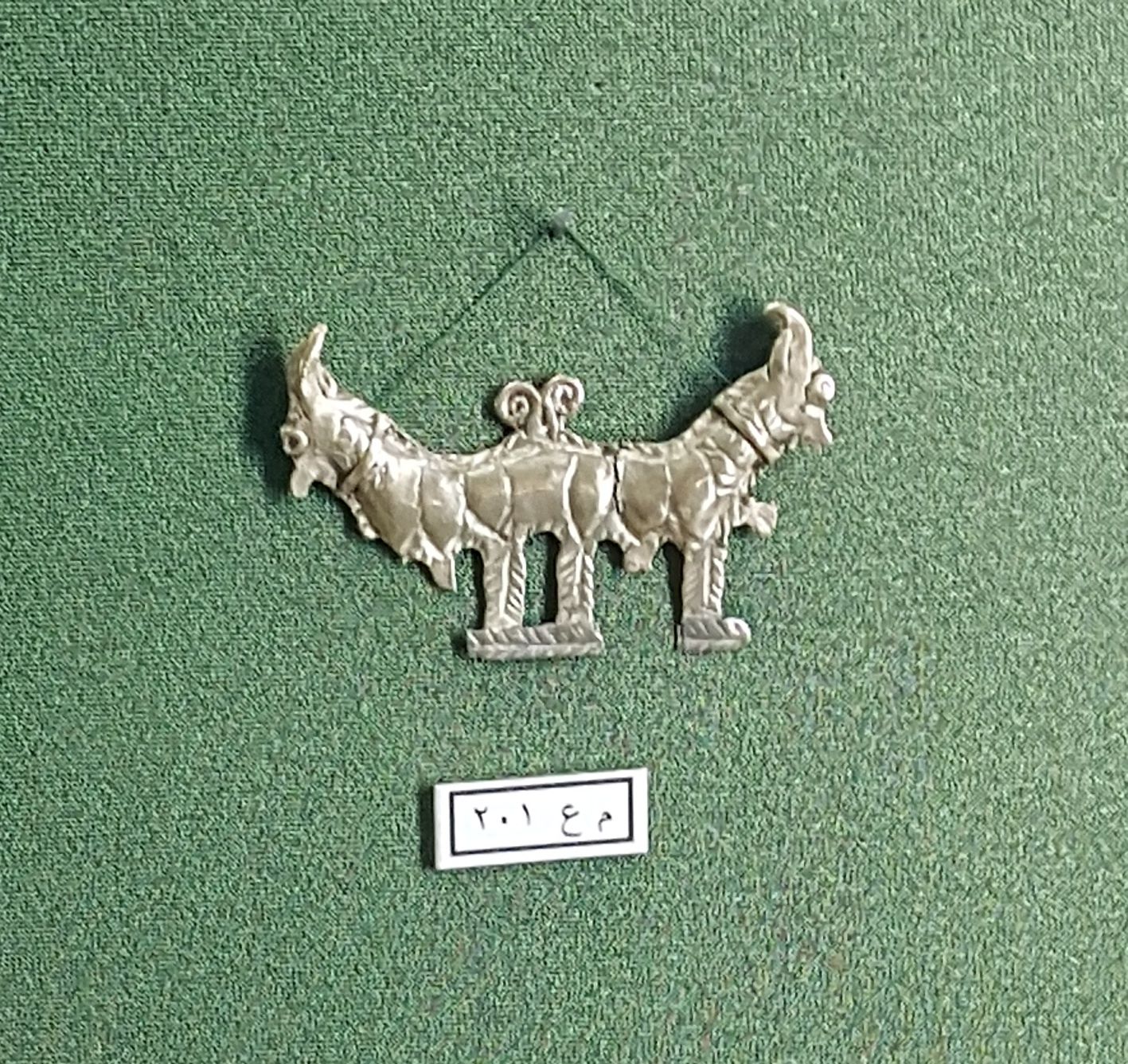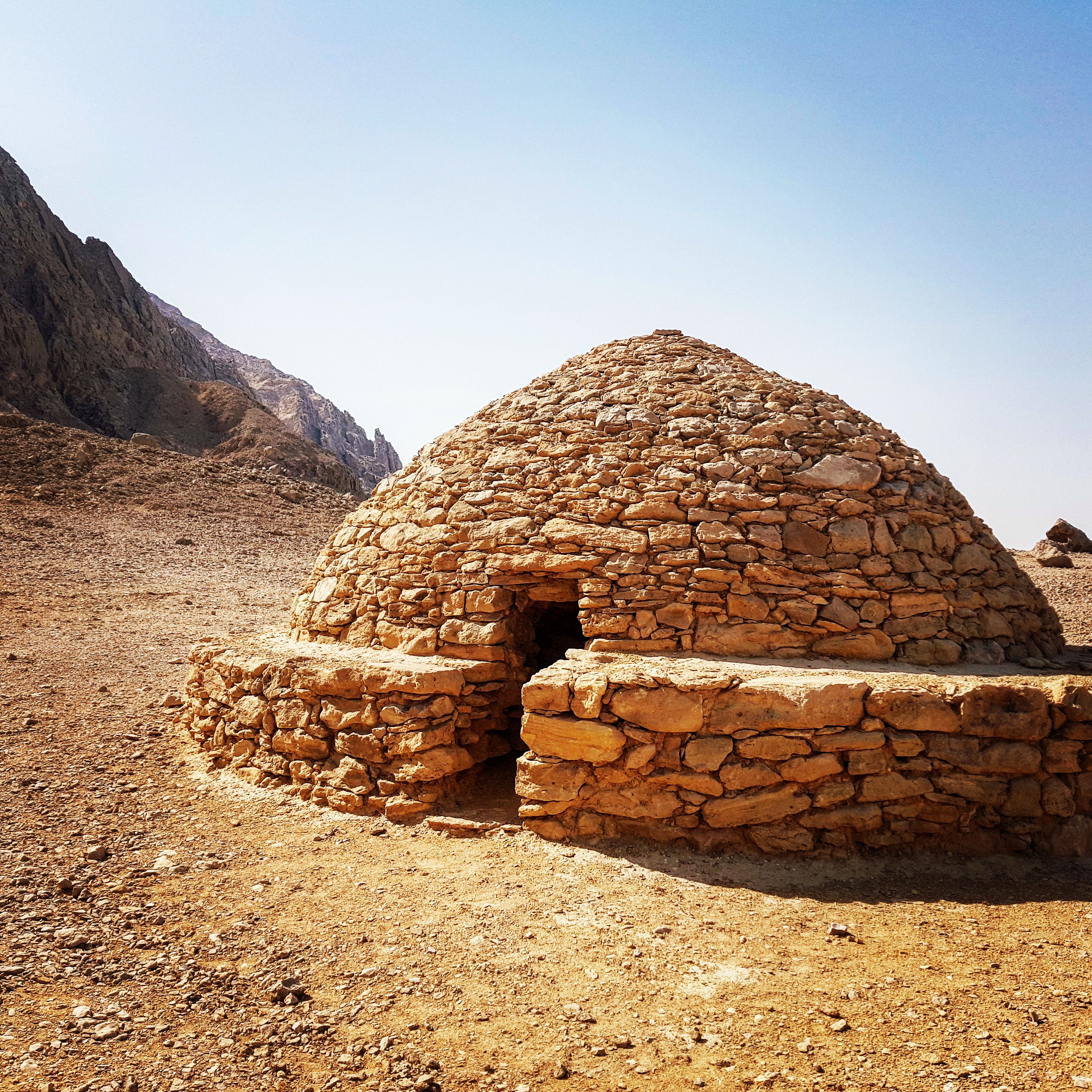|
Hili Archaeological Park
Hili Archaeological Park ( ar, حَدِيْقَة آثَار ٱلْهِيْلِي, Ḥadīqat Āthar Al-Hīlī) is the location of a Bronze Age site in Al Ain, Emirate of Abu Dhabi, the United Arab Emirates. Description and history Hili is the largest Bronze Age site in the UAE and dates from the 3rd millennium BCE. Other remains include settlements, tombs, and a ''falaj'' dating from the Iron Age. Some of the site is located outside the park in a protected area. Finds from the site can be seen in the Al Ain National Museum in central Al Ain. The Hili Grand Tomb is a tower measuring in diameter that has been reconstructed. The tombs belong to the Umm al-Nar culture. In May 2019 the Abu Dhabi Department of Culture & Tourism reported that fingerprints about 3000 years old were found at Hili II. They apparently belonged to craftsmen who constructed a wall at the site. See also * Al Ain Oasis * Tawam (region) ** Al-Buraimi * Archaeological Sites of Bat, Al-Khutm and Al-Ayn * Ha ... [...More Info...] [...Related Items...] OR: [Wikipedia] [Google] [Baidu] |
Al Ain
Al Ain ( ar, ٱلْعَيْن, , ) is a city in the western side of Tawam (region), Tuwwam region and the seat of the administrative division of its namesake, Al-Ain Region, Abu Dhabi, Al Ain in the Emirate of Abu Dhabi, United Arab Emirates. It is Oman–United Arab Emirates border, bordered to the east by the Omani town of Al-Buraimi in the Al Buraimi Governorate. It is the largest inland city in the Emirates, the List of cities in the United Arab Emirates, fourth-largest city (after Dubai, Abu Dhabi, and Sharjah), and the second-largest in the Emirate of Abu Dhabi. The Controlled-access highway, freeways connecting Al-Ain, Abu Dhabi, and Dubai form a geographic triangle in the country, each city being roughly from the other two. Al-Ain is known as the "Garden City" ( ar, مَدِيْنَة ٱلْحَدِيْقَة, Madīnat Al-Ḥadīqah, lit=City of The Garden) of Emirate of Abu Dhabi, Abu Dhabi, the UAE or the Persian Gulf, Gulf, due to its greenery, particularly with reg ... [...More Info...] [...Related Items...] OR: [Wikipedia] [Google] [Baidu] |
Al Ain Oasis
Al-Ain Oasis ( ar, وَاحَة ٱلْعَيْن, Wāḥat Al-ʿAyn, "Oasis of the Spring") is the largest oasis in the city of Al Ain, within the Eastern Region of the Emirate of Abu Dhabi, the United Arab Emirates. Geography It is located in Al-Mutawa'a District in central Al-Ain, and east of Al-Jahili District. The border between Al-Ain City and the Omani town of Al Buraimi is to the northwest. Adjacent to the oasis are Al Ain National Museum and Sultan Bin Zayed Fort to the east, and Al Ain Palace Museum to the west. To south is Al Ain Sports Club and Jabal Al-Naqfah, a ridge of Jebel Hafeet. To the southwest are Al Ain Etisalat Building and the Oasis Hospital. Al Ain Oasis is also known as Al-Jahily Falaj. It was built by Zayed the Grand. ''Falaj'' The oasis is known for its underground irrigation system (''falaj'' or ''qanāt''), which brings water from boreholes to water farms and palm trees. The falaj irrigation is an ancient system dating back thousands of ye ... [...More Info...] [...Related Items...] OR: [Wikipedia] [Google] [Baidu] |
Parks In The United Arab Emirates
A park is an area of natural, semi-natural or planted space set aside for human enjoyment and recreation or for the protection of wildlife or natural habitats. Urban parks are green spaces set aside for recreation inside towns and cities. National parks and country parks are green spaces used for recreation in the countryside. State parks and provincial parks are administered by sub-national government states and agencies. Parks may consist of grassy areas, rocks, soil and trees, but may also contain buildings and other artifacts such as monuments, fountains or playground structures. Many parks have fields for playing sports such as baseball and football, and paved areas for games such as basketball. Many parks have trails for walking, biking and other activities. Some parks are built adjacent to bodies of water or watercourses and may comprise a beach or boat dock area. Urban parks often have benches for sitting and may contain picnic tables and barbecue grills. The largest ... [...More Info...] [...Related Items...] OR: [Wikipedia] [Google] [Baidu] |
History Of The Emirate Of Abu Dhabi
History (derived ) is the systematic study and the documentation of the human activity. The time period of event before the invention of writing systems is considered prehistory. "History" is an umbrella term comprising past events as well as the memory, discovery, collection, organization, presentation, and interpretation of these events. Historians seek knowledge of the past using historical sources such as written documents, oral accounts, art and material artifacts, and ecological markers. History is not complete and still has debatable mysteries. History is also an academic discipline which uses narrative to describe, examine, question, and analyze past events, and investigate their patterns of cause and effect. Historians often debate which narrative best explains an event, as well as the significance of different causes and effects. Historians also debate the nature of history as an end in itself, as well as its usefulness to give perspective on the problems of the p ... [...More Info...] [...Related Items...] OR: [Wikipedia] [Google] [Baidu] |
Archaeological Sites In The United Arab Emirates
Archaeology or archeology is the scientific study of human activity through the recovery and analysis of material culture. The archaeological record consists of artifacts, architecture, biofacts or ecofacts, sites, and cultural landscapes. Archaeology can be considered both a social science and a branch of the humanities. It is usually considered an independent academic discipline, but may also be classified as part of anthropology (in North America – the four-field approach), history or geography. Archaeologists study human prehistory and history, from the development of the first stone tools at Lomekwi in East Africa 3.3 million years ago up until recent decades. Archaeology is distinct from palaeontology, which is the study of fossil remains. Archaeology is particularly important for learning about prehistoric societies, for which, by definition, there are no written records. Prehistory includes over 99% of the human past, from the Paleolithic until the advent o ... [...More Info...] [...Related Items...] OR: [Wikipedia] [Google] [Baidu] |
Tourist Attractions In Al Ain
Tourism is travel for pleasure or business; also the theory and practice of touring (other), touring, the business of attracting, accommodating, and entertaining tourists, and the business of operating tour (other), tours. The World Tourism Organization defines tourism more generally, in terms which go "beyond the common perception of tourism as being limited to holiday activity only", as people "travelling to and staying in places outside their usual environment for not more than one consecutive year for leisure and not less than 24 hours, business and other purposes". Tourism can be Domestic tourism, domestic (within the traveller's own country) or International tourism, international, and international tourism has both incoming and outgoing implications on a country's balance of payments. Tourism numbers declined as a result of a strong economic slowdown (the late-2000s recession) between the second half of 2008 and the end of 2009, and in consequence of t ... [...More Info...] [...Related Items...] OR: [Wikipedia] [Google] [Baidu] |
Rumailah, UAE
Rumailah ( ar, ٱلرٌّمَيْلَة) is an archaeological site in Al Ain, United Arab Emirates, as well as the site of a thick-walled coral and adobe fort, thought to date to the early 20th century. Located three kilometres west of Hili Archaeological Park, the rectangular mound at Rumailah is thought to have been home to populations dating back to the late Umm Al Nar period, yielding buildings and artefacts from a more recent, major Iron Age II settlement dated from around 1,100–500 BCE. Archaeology Finds at Rumailah include distinctive pottery adorned with snake patterns, similar to finds at Qusais, Masafi and the major Iron and Bronze Ages; metallurgical production centre at Saruq Al Hadid, as well as chlorite vessels decorated with turtles alternating with trees, similar to finds from Qidfa' in Fujairah, Qusais in Dubai and Al-Hajar in Bahrain. A number of Iron Age swords and axe-heads, as well as distinctive seal moulds, were also recovered from the site. A ... [...More Info...] [...Related Items...] OR: [Wikipedia] [Google] [Baidu] |
Qattara Oasis
Qattara Oasis ( ar, وَاحَـة الْـقَـطَّـارَة, Wāḥat al-Qaṭṭārah) is an area of irrigated date farm in Al Ain, United Arab Emirates featuring a distinctive ''falaj'' ( ar, فَـلَـج) irrigation system as well as a late Bronze Age archaeological site dated to 1800–1500 BCE. The oasis has been extensively surveyed by students from Al Ain University since 2015, and is home to 19 buildings of varying antiquity, of which nine are mosques. Among these are thought to be some of the oldest buildings still standing in Al Ain. History Finds from the Bronze Age burial at Qattara include Wadi Suq era chlorite jugs and bowls, bronze swords of between in length, and late Bronze Age and Iron Age short swords and daggers. Artefacts recovered also include carnelian jewellery, often associated by UAE historians with trading links to the Indus Valley. A find of particular interest from Qattara is a Bronze Age pendant discovered in the 1970s depicting a double- ... [...More Info...] [...Related Items...] OR: [Wikipedia] [Google] [Baidu] |
Ibri
, native_name_lang = ar , nickname = , settlement_type = Town , motto = , image_skyline = Ibri, Oman (2013).jpg , image_caption = Fort Ibri , image_flag = , image_shield = , image_map = , map_caption = , pushpin_map = Oman , pushpin_label_position = top , pushpin_mapsize = 250 , pushpin_map_caption = Location in Oman , subdivision_type = Country , subdivision_name = , subdivision_type1 = Governorate , subdivision_name1 = Ad Dhahirah , subdivision_type2 = , subdivision_name2 = , subdivision_type3 = , subdivision_name3 = , , government_footnotes = , government_type = , leader_title = , leader_name = , leader_title1 = , leader_name1 = , established_title = , established_date = , area_magnitude = , unit_pref = Imperia ... [...More Info...] [...Related Items...] OR: [Wikipedia] [Google] [Baidu] |
Hafit Period
The Hafit period defines early Bronze Age human settlement in the United Arab Emirates and Oman in the period from 3200 to 2600 BC. It is named after the distinctive beehive burials first found on Jebel Hafit, a rocky mountain near Al Ain, bordering the Rub Al Khali desert. Hafit period tombs and remains have also been located across the UAE and Oman in sites such as Bidaa bint Saud, Jebel Al-Buhais and Buraimi. Discoveries The first find of Hafit era tombs is attributed to the Danish archaeologist PV Glob in 1959, and the first of many excavations of these took place a few years later. Located in the area south of the city of Al Ain, the Jebel Hafeet Desert Park contains the original necropolis of Hafit Graves which led to the naming of this period in human history in the emirates. A series of ridges leading from the main part of Jebel Hafit toward Al Ain each contain groups of Hafit tombs. Finds at Jebel Hafit include the remains of some 317 circular stone tombs and settl ... [...More Info...] [...Related Items...] OR: [Wikipedia] [Google] [Baidu] |



.jpg)
.jpg)



